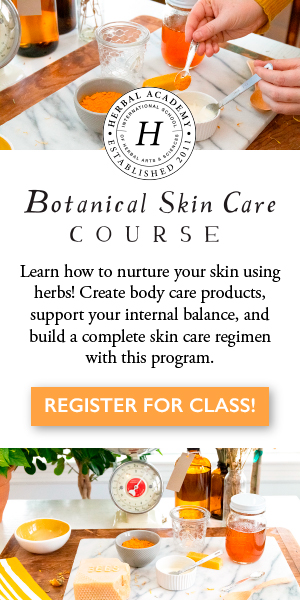
by Leslie Moldenauer | | Body, Mind
Have you heard the statement, “Life is change, growth is optional?” I do not agree that growth is optional; it is a must. Many people struggle with change, some more than others. I believe if you start to shift your thinking to growth rather than change, which is ultimately how each of us expand and become better people, the changes that happen in life can be a little bit easier. Beginning your journey of development and personal growth can be overwhelming. I hope to cover some ideas that have helped me navigate it with grace, through some of my own personal experiences. You will falter at times, as I have. Having a good support system is critical.

I have actually just begun a new journey, one that is a bit overwhelming at times with multiple possible endings, but I have found that staying in the present as much as possible, and allowing short periods of reflection has suited me well. I set a time limit about thinking about the future possibilities and problem solving. I journal about these and other things to help to get them out of my head and off of my heart, then move back to the present moment, which is the only moment that any of us has to be happy in.
The first step in growth and personal development is to firmly make a decision that you are THE most important thing. Whether you are a mother, father, have a big responsibility at your place of employment, or anything else; the first thing to understand is that you come first. Working to constantly become a better version of your former self is one of THE most important things you can do in this life.
There are a few things that I recommend in the growth process, it is not necessarily step 1, 2, 3, and so on. In the larger picture, the first thing to be aware of and try to do is step out of your comfort zone. No growth or change happens within that space of comfort. You can come back to a comfort zone of sorts when needed: meditation, guided imagery, time in nature, etc. Whatever helps for you to become centered again is not falling back into old habits at all and is quite necessary to rest your heart, body, and mind.
Before you jump into a crazy list of expectations for yourself and things that you want out of life, start with really getting to know yourself. A better list whether in your head or on paper is knowing what you don’t want. As you begin to drop away old patterns of thought and behavior that is not for your higher good, you will begin to shed some light on what it is that you do want. This is a discovery process that will unfold as you contemplate what it is that you want to leave behind. Growth involves changing your inner world more than the outside world around you. Keep a firm grasp on the fact that you are the only person you have control over and understanding that those around you may not be along for the ride is a risk you have to walk through because your growth is not optional.
Once you have figured out what it is that you do not want, and you are beginning to realize what it is that you do want out of life, what you are passionate about…begin to set small goals to move in that direction. Everything does not need to happen all at once, you can move slowly or quickly, whatever suits you. I received wonderful advice from a beautiful friend recently, she said, “Whatever happens, move through it with infinite love for everyone involved and affected”. Thinking and acting this way will help everyone involved, but in the end knowing that you always acted the best that you could in every situation with love and grace will only serve you well.
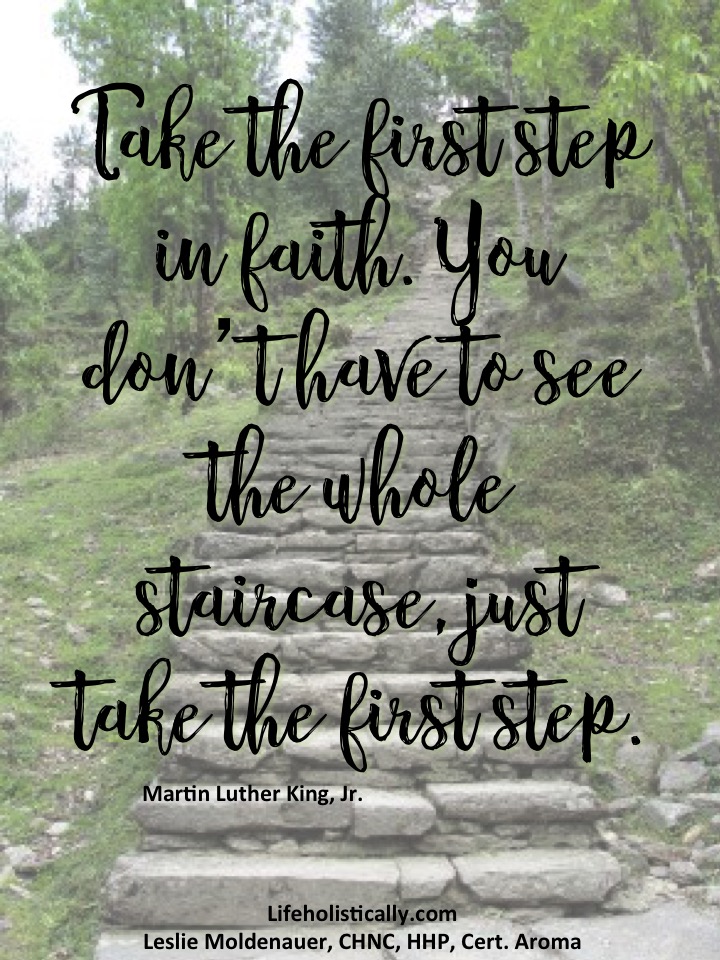
Some steps will be easy. Others may be painful. Continue forward, taking brief respite in things that make you calm and centered. Remember, you do not need to see the whole staircase, just take the first step.
Whether it is something small or something life changing, growth is not optional. Starting in your journey of development and personal growth will be one of the most important ongoing things in your life, and if you know yourself, what you don’t want, set a few goals, and most importantly continue to step out of your comfort zone often, you will be able to make changes in the area of your life that are needed.

Please note that I am not a medical practitioner. The content of this website is provided for general informational purposes only and is not intended as, nor should it be considered a substitute for, professional medical advice. Do not use the information on this website for diagnosing or treating any medical or health condition. If you have or suspect you have a medical problem, promptly contact your professional healthcare provider. By using this website, you assume full responsibility and liability for your own actions.
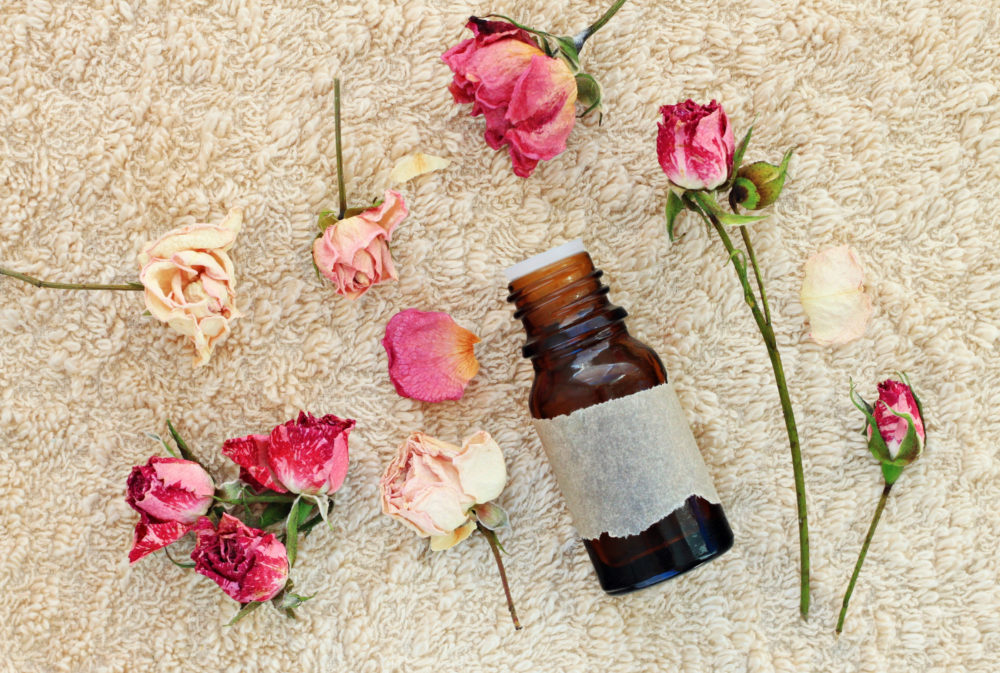
by Leslie Moldenauer | | Essential Oils
Aromatherapy, not “always or ever”, not “black and white”. What do I mean by that? A quick visit to social media can leave a home user dizzy with information, much of it is erroneous; hearing statements like never use on babies, never take internally, and always dilute are commonplace.
I understand that some professionals are making attempts to keep the home user safe, as well as keeping children from being exposed to neat oils at a very early age among other things. Let me assure you, I share that concern, as they are valid. However, the fear that is being instilled in statements like “Oh my, you should never do that”, is not helping anyone.
To be fair, it can be a difficult task to find quality, reliable information on the Internet surrounding the art and use of aromatherapy. I have taken to speaking about safety often for this very reason. I have extended knowledge in my field, and to some, my education may not have even scratched the surface.
There is one that I am sure of, that the professionals in the field of aromatherapy have a few things in common:
- We want to help you. We decided to go into the field of aromatherapy as we are healers in our own right. This is our passion, and our mission statements may vary, but have one common thread: “First do no harm”.
- Learning is ongoing. We do not have all the answers but are always seeking them. We all want to be experts in our craft.
- We all believe in the magic and powers of essential oils, and have seen firsthand how they can help in a variety of situations.
Now our approach may not all be the same. And even more importantly, our education is not all the same: different institutions, different amount of hours, a different focus or niche among other things. This can be problematic. Therefore, it is important for you, the end user, to do your own research. At the very least ask the aromatherapist what their credentials are, and ask for resources to back up what they are telling you. When my clients ask for these things, I am more than happy to oblige. I would expect you to do the same thing if it were a pediatrician or psychologist. Every single one of us in every aspect of our lives is “practicing”, whether we are a professional, a parent, or a friend. A good rule of thumb is utilizing what works and discarding what doesn’t.
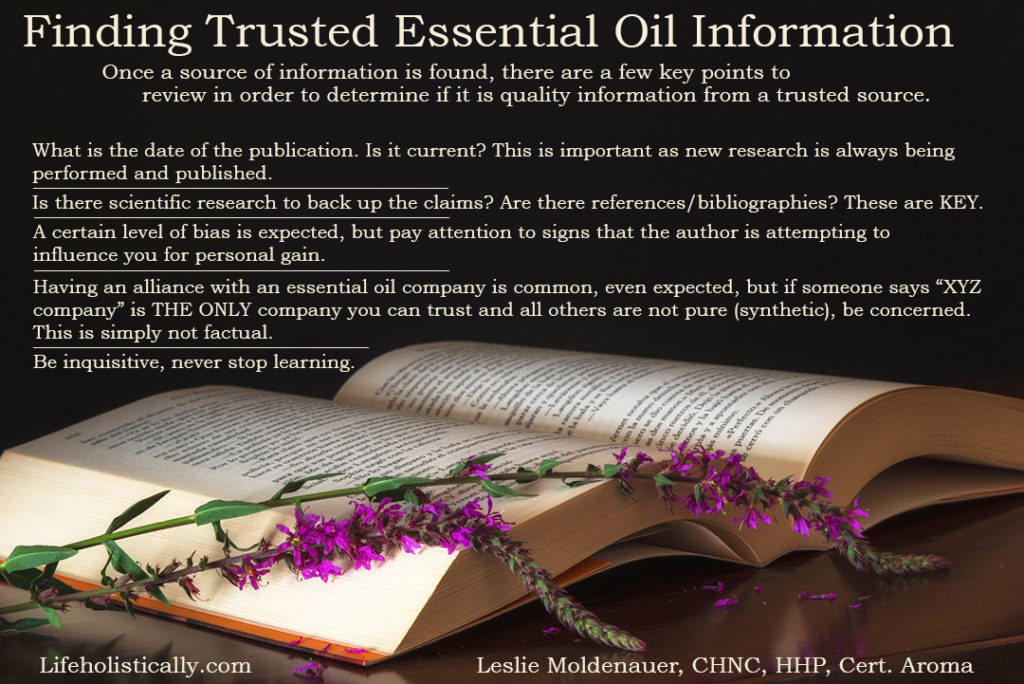
Never Examples
My first example of a “never” statement is telling others to NEVER take oils internally. This is not helping anyone. What should be discussed is how to do so safely and when does it make sense to do so. For the record, it is not in water, or neat under your tongue. Follow this link for more.
Another example is NEVER using essential oils on babies. This is not looking at the big picture. Some will tell you no oils before two years of age, some say no oils before five years of age, some say no oils before 10. Based on scientific research (key term here) this is what we do know:
**Oils should typically be avoided topically for infants and small babies under a few months of age. The reason for this is their integumentary system (skin) does not mature until then and using oils topically (even when diluted) can increase the risk for adverse reactions and set them up for possible sensitization.
**There is a pretty extensive list of oils that should not be used “dermally” under two years of age. This does not imply the statement above of “no oils under two”.
(Please reference Robert Tisserand’s Essential Oil Safety 2e for the details)
**Babies and children ARE much less equipped to handle certain essential oils topically, due to immature livers and detoxification systems. Less is more, the gentle way first utilizing herbs and hydrosols, are things that I agree with. This is the reason why many recommend speaking to a professional. It should not be to induce fear, but to empower you to know the right way, period.
**Last example in regards to children: NEVER use eucalyptus essential oil under the age of 10. This is a fear based statement and not all that accurate, BUT there are precautions to know about and be cognizant of. According to Robert Tisserand, this oil (high in 1,8 cineole) should be kept away from the face for children under 10 years of age, especially for those children that are susceptible to issues such as seizures or have other CNS weaknesses. This does not mean NEVER, it means you need to know what you are doing (Source)
Always Example
ALWAYS dilute. On social media, this may be the best way to keep the general population safe as SO MANY are recommending neat use. It is not an always statement. All aromatherapy professionals know that there can be a time and place for undiluted oils. A better statement would be: It is very important to know when and where to apply oils undiluted and to know which oils carry a high risk of irritation/sensitization. If you do not know how to safely navigate this for yourself, you are better off diluting everything you apply topically. This is especially the case for children. Please do not take this kind of advice from someone that is not educated. Sensitization is real, it does happen, and it is ugly.
In Conclusion
Aromatherapy is simply not black and white, and nothing is always or never. Safety should always be the first consideration, and everyone has his or her different way of handling it. If you can do one important thing here for yourself, it is to do your due diligence and find out the facts, with CREDIBLE resources. While essential oils should not be feared they should be respected, researched, and used properly to ensure the safety of the individuals using them.
Like so many practices in life I encourage you to become educated on the proper use of essential oils. When using them, please do so cautiously, understanding that there is often misinformation on the Internet. You can be assured that I support only educated and proven resources. While essential oils should not be feared they should be respected and used properly to ensure the safety of the individuals using them. Please note that I am not a medical practitioner. The content of the website is provided for general informational purposes only and is not intended as, nor should is be considered a substitute for, professional medical advice. Do not use the information on this website for diagnosing or treating any medical health condition. If you have, or suspect you have a medical problem, promptly contact your professional healthcare provider. By using this website, you assume full responsibility and liability for your own actions.
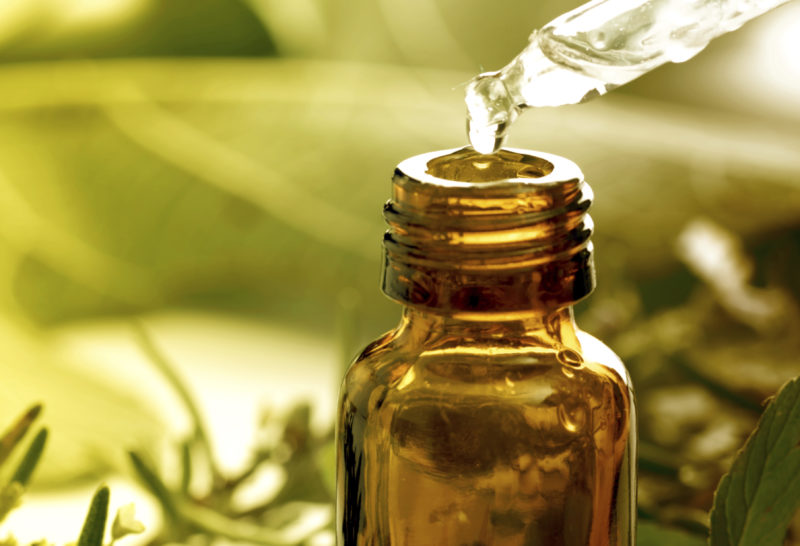
by Leslie Moldenauer | | Essential Oils
Aromatherapy is a gift for us all. All aromatherapists should look at you as the whole, unique, beautiful person that you are, not a set of symptoms. Homeostasis is the goal, finding balance, tapping into the body’s own innate healing ability. Herein lies the magic. –Leslie Moldenauer, CHNC, HHP, Cert. Aroma, Dipl. Aromatic Medicine
What in an essential oil?
Essential oils originate from many parts of a plant (Bark, flowers, leaves, roots, and stems), and are extracted through either steam-distillation, cold-pressing, or co2 extraction. Essential oils are the true essence of the plant and are highly concentrated extracts. The chemical composition and scent of these aromatics provide us with strong psychological and physical therapeutic benefit. Most of these benefits are seen through direct inhalation or applying diluted to the skin.
Essential oil Dilution
Essential oils very concentrated, many times over than the plant that it is derived from. Since they are so concentrated, they need to be diluted to avoid irritation for children and adults.
When using oils undiluted or what some call “neat” there are risks involved:
-The first risk is skin irritation, which is a direct result of contact with the skin and is localized to where the oil was applied. Once the material is removed, healing occurs. Removal is best done with a carrier oil such as almond, jojoba, or milk. Healing may not occur immediately, but you should see improvement after proper removal.
-The second, more serious reaction is a systemic (Affecting the entire body or organism) response involving the immune system called sensitization. According to Dorene Petersen of ACHS, “Sensitization occurs once the offending substance has penetrated the skin, been picked up by proteins in the skin, and mediated by the IgE response that produces histamine and other irritants” [1]. This is an allergic reaction that begins at the site of application but quickly spreads to the whole body. If the immune system response is activated, you likely will not be able to use the oil, or constituent in the oil again (the constituent can occur in multiple oils). If this happens to you please seek medical attention immediately. Please remember to always dilute before applying to the skin for your safety.
The Aromatic Wisdom Institute speaks in more detail about the topic of sensitization here [2].
Essential Oil Use and Children
Children are much more sensitive to essential oils and aromas in general, but when used with care they can still benefit from their therapeutic uses. There are a number of things that parents should know before using them to ensure the safety of their child.
Overall the immune system of a child is much more immature than that of an adult, therefore extra precautions need to be put in place. Newborn babies have an immature nervous system (blood/brain barrier), and liver. Therefore, avoiding the use of essential oils for a newborn (under 3 months) both via topical application and inhalation is probably best. In regards to the topical use of essential oils, many are not recommended dermally under two years of age per Robert Tisserand [3].
*For more information on what oils to avoid topically under two, please refer to Robert Tisserand’s latest book, Essential Oil Safety 2e.
My recommendation is, to begin with gentler remedies such as hydrosols (floral waters), homeopathy, and herbs for little children. These alone can be very beneficial. Reserve oil use for after trying these things first.
Essential Oil Diffusion
A great way to obtain the benefits of essential oils without the risk of skin irritation that topical use brings is by inhalation. There are a variety of methods of inhalation such as an aromastick, steam bowl, or even a drop on a cotton ball or tissue.
Essential oil diffusers disperse essential oil into the air in tiny droplets. There are a variety of diffuser available on the market. Here are a few that I own that you may want to take a look at:
Diffuser #1
Diffuser #2
Diffuser #3
(affiliate links)
I would recommend diffusing for periods of no longer than an hour without taking a break. In order to explain possible reasons for this, let’s talk a little bit about our sense of smell, or our olfactory system.
“Our sense of smell goes through five stages, those are: detect, transmit, perceive, analyze, and store. These stages cycle incredibly fast. The reception area of our olfactory system is called the olfactory epithelium. The olfactory epithelium is the size of a small postage stamp in each nostril and is packed with an impressive 40 million sensory neurons, capable of detecting .0000000013 of an ounce of a scent in a single breath of air” [4]. Our olfactory system is incredibly efficient, obtaining the therapeutic benefits of these amazing oils happens quickly. To receive maximum benefit and not waste your precious oils, follow the diffusing times recommended above.
Essential Oils and Pregnancy
Pregnancy is a delicate time, especially during the first trimester, and as we know that chemical constituents in essential oils pass the placenta, even though in minute amounts [5], safety is a genuine concern.
According to International Federation of Professional Aromatherapists (IFPA):
“Essential oils by their very nature, being organic substances, will cross the placental barrier and have the potential to affect the fetus. However, the amount of essential oil that actually accesses the mother’s skin is very tiny and therefore the amount that reaches the placenta is minuscule if proper dilutions are being used. Small amounts of essential oils can be beneficial to the baby and there are no recorded instances of harm being caused to the child through essential oils used in aromatherapy massage” (IFPA, 2013).
Aromatherapy, however, is rarely if ever black and white. It is not a NEVER or ALWAYS modality. Essential oils can be beneficial for pregnancy, labor, delivery, and postpartum. The key is knowing which oils to use, and how to use them.
If you are pregnant and are taking medications or have a medical condition, even more research needs to be done before using essential oils, as your list of “do not use” may be more detailed. Please seek out an aromatherapist for assistance.
If you are considered high risk due to multiple losses, it is advisable to restrict essential oil use during the first trimester. According to Robert Tisserand, due to the overall big picture of reproductive toxicity, topical application of essential oils while pregnant during any given day should not exceed a range of 1-4% [6].
Essential Oils and Phototoxicity
There are essential oils that cause phototoxicity or photosensitivity. This can occur when certain essential oil constituents on the skin react when exposed to the sun (ultraviolet light). This can result in general redness and burning of the skin, permanent changes in melanin, and chemical burns. These oils can be used on the skin, but utilize caution by not going out into the sun for 12-24 hours after exposure. This applies to the area of skin where the oil was applied, not your body as a whole.
Here is a list of oils that should be used topically with caution, and their maximum use levels according to IFRA standards [7]:
Angelica Root Angelica archangelica 0.8%
Bergamot Citrus bergamia 0.4%
Bitter Orange (Cold/Expeller Pressed) Citrus aurantium 1.25%
Cumin Cuminum cyminum 0.4%
Grapefruit (expressed) Citrus paradisi 4.0%
Lemon (Cold/Expeller Pressed) Citrus limon 2.0%
Lime (Cold/Expeller Pressed) Citrus aurantifolia 0.7%
Mandarin Leaf Citrus reticulate 0.17%
Rue Ruta graveolens 0.15%
Taget Tagetes minuta 0.01%
Always use extreme caution when using any of these oils topically. It can be assumed that if someone is taking moderate amounts of a phototoxic oil internally that a phototoxic reaction can occur. If you use any of these oils, utilize caution.
In conclusion
Essential oils are potent; it is crucial that you keep them out of reach of children. I have seen pictures online of small babies or small children handling bottles of oil. It is not cute, nor safe to let them hold them. Your children should know from a very young age that essential oils are medicine, and not for their little hands.
Essential oils are a beautiful modality and I am grateful to have access to them. When you follow proper safety guidelines, you can utilize essential oils and know that you are doing the best for yourself and your family.
References
[1] [4] American College of Healthcare Sciences (2012) Aroma 101
[2] Essential Oil Sensitization. Retrieved from
Would You Know If You Had an Essential Oil “Sensitization” Reaction?
[3] [5] [6] Tisserand, R., Young, R. (2014) Essential Oil Safety (2nd Ed)
[7] IFRA standards. Retrieved from http://www.ifraorg.org/en-us/standards-library/s/phototoxicity#.V9VaSpMrJn4


BEFORE YOU GO! Remember to sign up for my FREE Facebook group! Hang out with me and THOUSANDS of other Essential Oil lovers looking to learn, click on to join Real Essential Oil Education Group!
Check out my FREE offer below!
Like so many practices in life, I encourage you to become educated on the proper use of essential oils. When using them, please do so cautiously, understanding that there is often misinformation on the internet. You can be assured that I support only educated and proven resources. While essential oils should not be feared they should be respected and used properly to ensure the safety of the individuals using them.
Please note that I am not a medical practitioner. The content of this website is provided for general informational purposes only and is not intended as, nor should it be considered a substitute for, professional medical advice. Do not use the information on this website for diagnosing or treating any medical or health condition. If you have or suspect you have a medical problem, promptly contact your professional healthcare provider. By using this website, you assume full responsibility and liability for your own actions.

by Leslie Moldenauer | | Essential Oils
With so much mis-information on the Internet, where do you turn for accurate advice? I give references when possible to do your own research. Even when you get information from someone you trust, you need to do your own homework before utilizing essential oils. My references are not typically random blog posts or anything that has not been fully researched, but books from pioneers in the field of aromatherapy, their articles, journal articles, or studies, etc.
This article will be speaking to aromatherapy use during pregnancy and beyond into the nursing years. I decided to write about this because there are a lot of misconceptions out there. Pregnancy is a delicate time, especially during the first trimester, and as we know that chemical constituents in essential oils pass the placenta, even though only in minute amounts, so safety needs to be addressed.
According to International Federation of Professional Aromatherapists (IFPA), “Essential oils by their very nature, being organic substances, will cross the placental barrier and have the potential to affect the fetus. However, the amount of essential oil that actually accesses the mother’s skin is very tiny and therefore the amount that reaches the placenta is minuscule if proper dilutions are being used. Small amounts of essential oils can be beneficial to the baby and there are no recorded instances of harm being caused to the child through essential oils used in aromatherapy massage” (1).
On the flip side of the coin, aromatherapy is rarely, if ever, black and white. It is not a NEVER or ALWAYS modality. Jane Buckle, PhD, RN, has been using essential oils successfully in a clinical setting for years. Essential oils can have many beneficial properties relevant to pregnancy, labor, delivery, and postpartum (2). The key is knowing which oils to use, and how to use them. They are very useful for stress, nausea, pain, comfort, and even prove to be quite beneficial in labor and delivery.
The use of aromatherapy can also be extremely beneficial to those afflicted with postpartum depression. Essential oils are a wonderful complementary modality, but a specific oil or oil blend that works for one person, may not work for another. Therefore, I try to stay away from “recipe” recommendations online. This is not beneficial to the individual.
I performed an interview recently with Pam Conrad, PGd, BSN, RN, CCAP. Pam earned her Bachelor of Science Nursing degree from Purdue University and has been a registered nurse for over 25 years. Pam completed R J Buckle and Associates 18-month Clinical Aromatherapy course for healthcare professionals in 2000. The interview focuses on labor, delivery, and postpartum. Pam does mention in the interview about benefit vs risk. As I feel it is important to see all possible sides of the equation, I am posting the link to the full article here.
We are all unique…what works for me may not work for you!
Marguerite Maury, a pioneer of aromatherapy stated, “To reach the individual we need and individual remedy. Each of us is a unique message. It is only the unique remedy that will suffice”.
It has been noted by some that peppermint and spearmint are not safe during pregnancy. They can in fact be used safely for nausea during pregnancy as well as postpartum. Placing a couple of drops in an inhaler can be very helpful. Some mother’s report a decrease in breast milk production with the mint families, others do not. The evidence is anecdotal. Use sparingly and as stated below, until you know how or if they work for you. Never take internally.
The do not use list in Robert Tisserand’s Essential Oil Safety 2e in regards to pregnancy does not account for medical conditions or medications. In these situations, additional research needs to be done before using essential oils, as your list of “do not use” may be more detailed. Please seek out an aromatherapist for assistance.
Essential oils are complex, training is recommended…
There are a few recommendations that are important to follow during pregnancy such as:
- Unless under the care of a trained professional, essential oils should not be used internally. (more…)
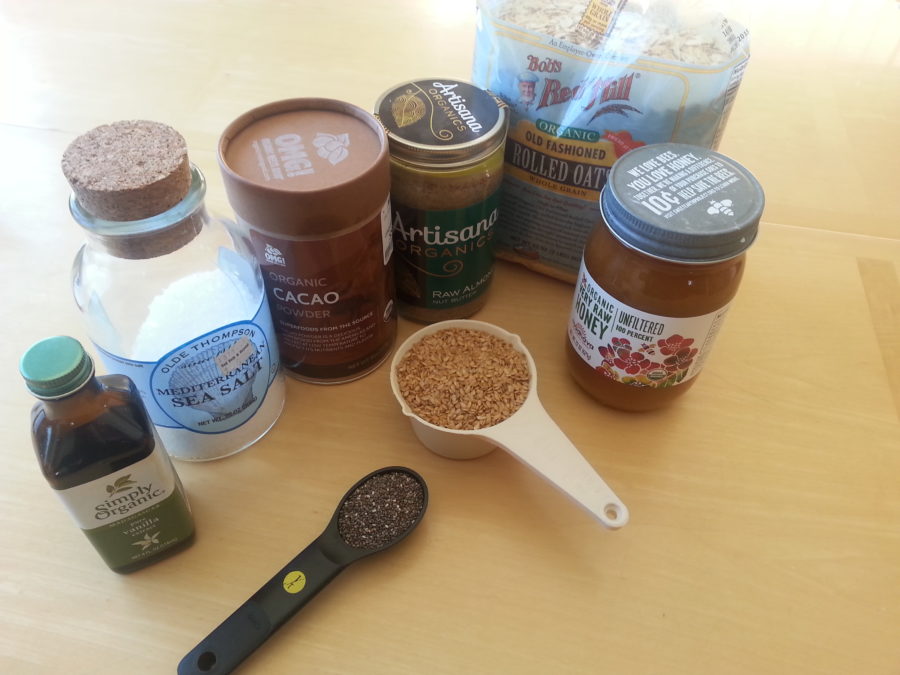
by Leslie Moldenauer | | Food, Recipes
I enjoy making new things that are not only healthy but will make 10 and 12 year old boys happy, and feel like they are getting a “treat”. I make these raw energy bites to be able to provide them with a healthy snack at school, but it is a nice protein snack in between meals, something that will give them brain power and plenty of nutrition.
Ingredients
1 1/2 cup gluten free oats
1/c cup freshly ground golden flaxseed (fresh is best)
1 tbsp chia seeds
2 tbsp organic cacao powder
1 tsp vanilla extract
2 tsp Himalayan pink sea salt
3/4 cup organic raw almond butter (crunchy or creamy)
1/3 cup raw honey
1/2 cup coconut flakes (optional)
2 tsp collagen powder
Blending the ingredients will be a workout in itself. A wooden spoon is recommended. Optional ingredients can be chocolate chips, or ground up raw almonds/walnuts.

Once thoroughly blended, form into small balls. Aim for about 1″ in diameter. This recipe should about two dozen balls. They keep well in the fridge and can also be made in larger batches and frozen.
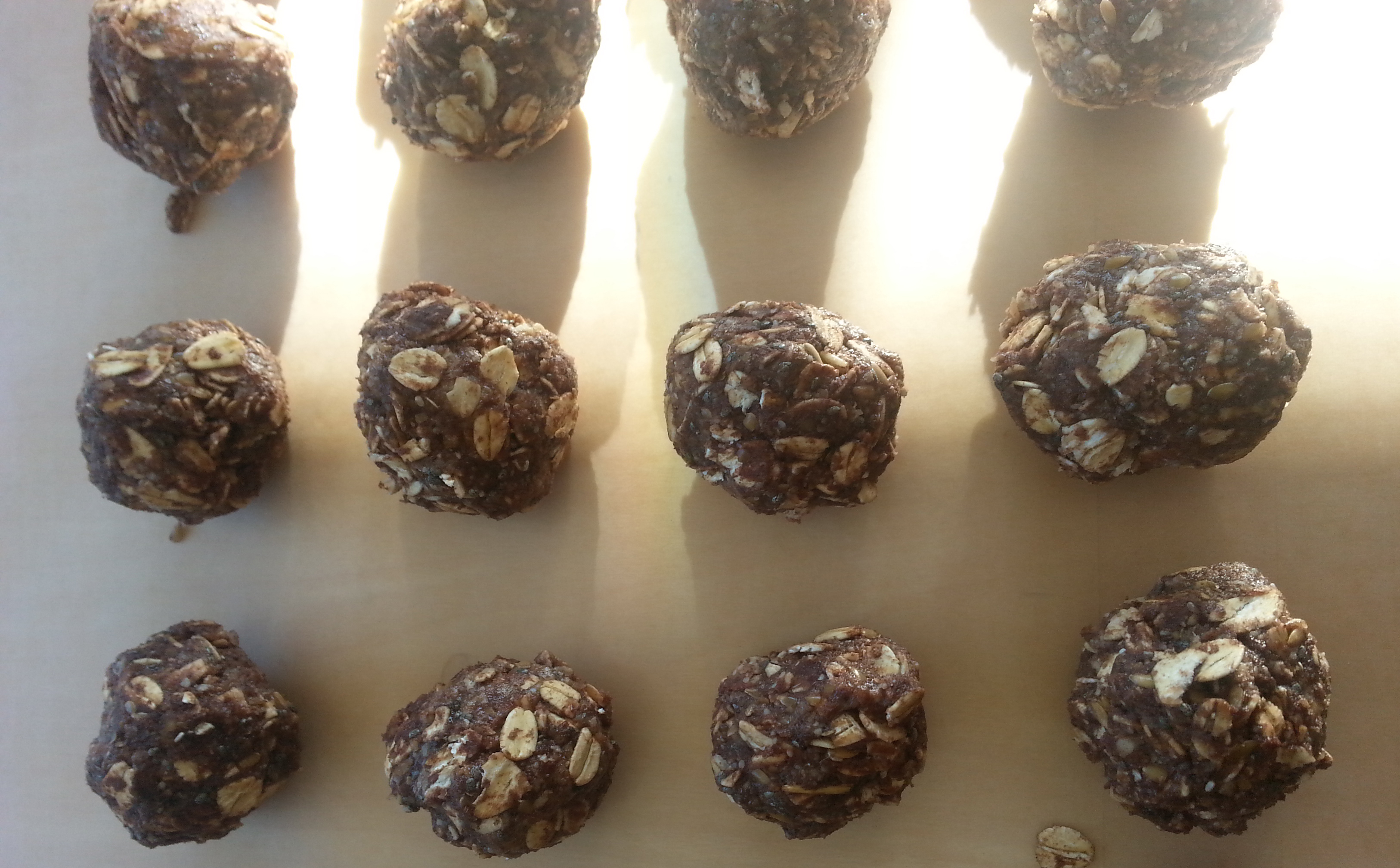
Please note that I am not a medical practitioner. The content of this website is provided for general informational purposes only and is not intended as, nor should it be considered a substitute for, professional medical advice. Do not use the information on this website for diagnosing or treating any medical or health condition. If you have or suspect you have a medical problem, promptly contact your professional healthcare provider. By using this website, you assume full responsibility and liability for your own actions.















